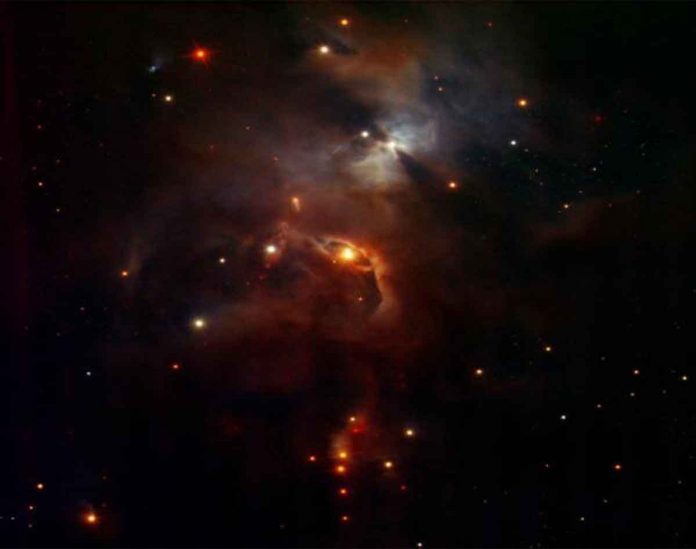Brown dwarfs are strange celestial bodies. They occupy a kind of intermediate position between stars and planets. Astrophysicists sometimes call them “failed stars”. As they have insufficient mass to burn hydrogen in their cores. It is debated if the formation of brown dwarfs is a scaled-down version of the formation of Sun-like stars. Astrophysicists are focusing on the youngest brown dwarfs.
They are called proto-brown dwarfs. They are a few thousand years old. They are still in the early formation stages. Scientists want to know if the gas and dust in these proto-brown dwarfs resemble the composition of the youngest Sun-like proto-stars.
The focus of interest is methane. It is a simple and very stable gas molecule. This gas once formed can only be destroyed by high-energy physical processes. The gas has been found in several extrasolar planets. Methane has played a fundamental role to identify and study the properties of the oldest brown dwarfs in our Galaxy. They are several hundred million to billions of years old.
Now scientists have detected deuterated methane (CH3D) in three proto-brown dwarfs. It is the first detection of CH3D outside the solar system.
Proto-brown dwarfs are very cold and dense. It makes them difficult to study for methane signatures in the near-infrared. They can be readily observed in the millimeter wave range. Methane has no spectral signature in the radio domain because of its symmetry. But CH3D can be observed at millimeter wavelengths.
The first detection of CH3D was more astonishing. Because proto-brown dwarfs are cooler and denser than proto-stars, according to the theories on brown dwarf formation. CH3D is preferentially formed when the gas is warm, based on chemical theory. It is at temperatures around 20 to 30 Kelvin.
The CH3D abundance measurement provide researchers with a methane abundance estimate. There was only one Sun-like proto-star known to date where CH3D has been tentatively detected. But scientists firmly detected CH3D in 3 proto-brown dwarfs. This means that proto-brown dwarfs exhibit a rich warm organic chemistry. These cool compact astrophysical objects are not simply a scaled-down replica of proto-stars.

